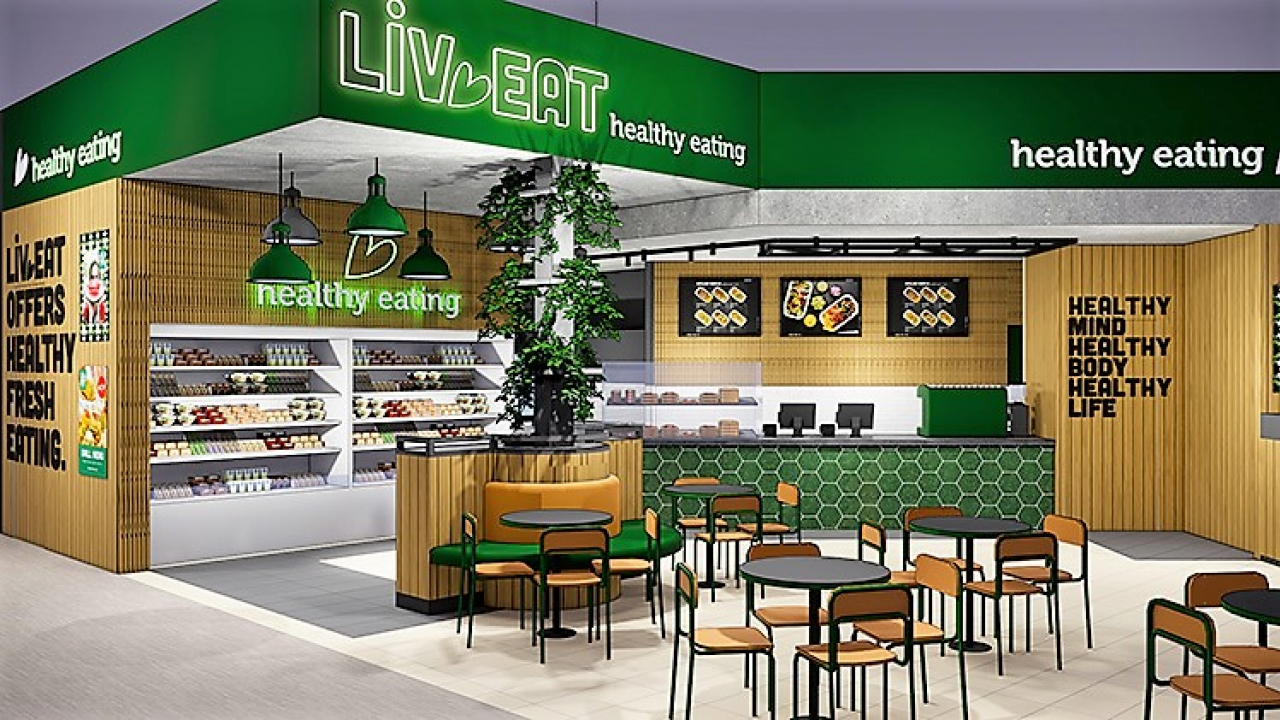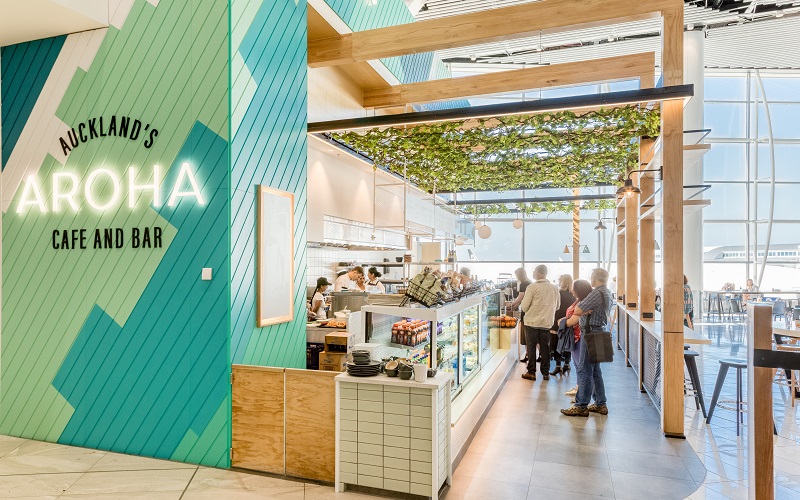COVID19 Reinforces the Rise of Airport F&B Down Under (Part 1 of 2)
Ivo Favotto
July 14, 2021

|
As more travelers return to the air, non-aeronautical revenue streams will be a big focus for airports. The spending power of some passengers may not be what it was pre-pandemic, but they still have to eat, right? That’s put F&B in the spotlight. |
The importance of food and beverages (F&B) in the airport non-aeronautical revenue stream is increasing thanks to the pandemic.
Airports and F&B go back a long way. Dingy cafes and staff cafeterias were part of the early days of travel retail’s awakening as far back as the 1960s – in some cases even earlier.
And F&B has grown in importance ever since. According to The Airport Commercial Revenues Study prepared by The Mercurius Group and The Moodie Davitt Report, F&B accounted for 21.5% of total retail sales at airports in 2018 compared to just 10% 20 years earlier.
Despite this growth, F&B didn’t quite have the glitz and the glamour (or the big dollars) of duty-free, nor the heightened sense of luxury: Rows of high fashion and accessories boutiques seem to line the concourses of many airports these days.
But there has been a change. Airports are paying more attention to F&B, not just for the money it can bring – and it is bringing increasing amounts – but also for the role F&B can play in connecting airports to their communities. A good example of that is revealed in Part 2, where we look at a case study on Cairns Airport’s recent F&B tender.
New Benchmarks for SPP & IPP
F&B can also deliver on the concepts of sense-of-place and taste-of-place. Both have become increasingly important to airports as a way to showcase a region to visitors. In gateways that get it right, F&B spend per passenger (SPP) and income per passenger (IPP) are starting to set new benchmarks and rivalling the dollars generated by other retail activities.
COVID19 has also reinforced to airports the value of airport F&B.
The Mercurius Group has tracked retail outlets open at all major airports across Australia and New Zealand for the past 16 months of the pandemic. It found that almost universally, more F&B outlets have remained open that any other form of travel retail outlet. This indicates the necessity of this non-aeronautical component – people still have to eat, right?
On the other hand, outlets related to international travel such as duty-free and currency exchange have been hardest hit by COVID19, and many had closed or partially closed.
Our newly-released Airport Food & Beverage Study (AFABS) highlights the key reasons behind F&B’s continued rise, and new status as the new darling of travel retail. The study examines the F&B programs of the top 26 airports across Australia and New Zealand as well as the portfolios of the top 12 F&B operators in the market.
We found that two areas were vital to F&B’s high penetration rates and popularity:
- passenger segmentation, through menu type, time-of-day food offer, nationality profiling etc
- local connection, where passengers can experience something of the locality through the food experience rather than have an experience they can have anywhere via a generic international F&B offer.
Next week we will delve deeper into why both these elements are crucial and also look in detail at Cairns Airport were the addition of specific requirements in its F&B tender were vital in achieving a successful outcome.
[Part 2 was published on July 21, 2021]

